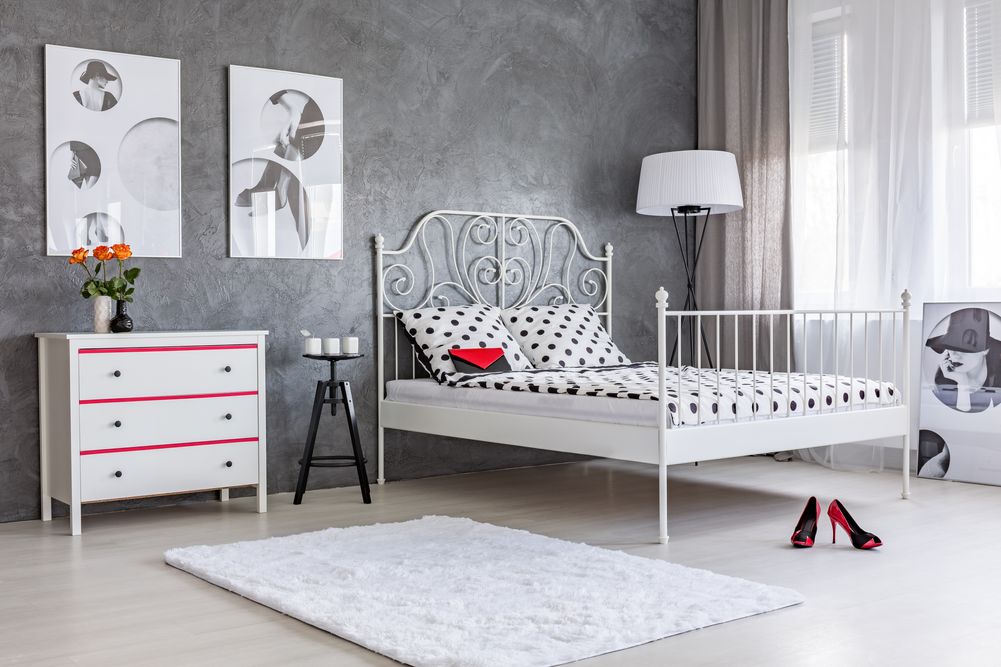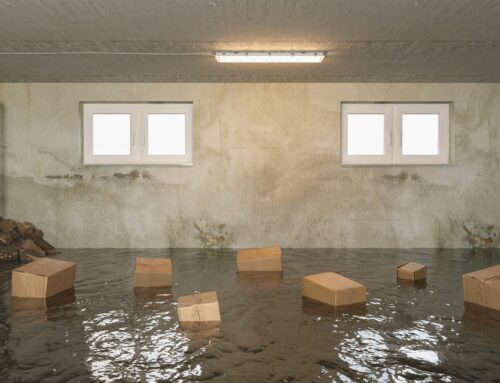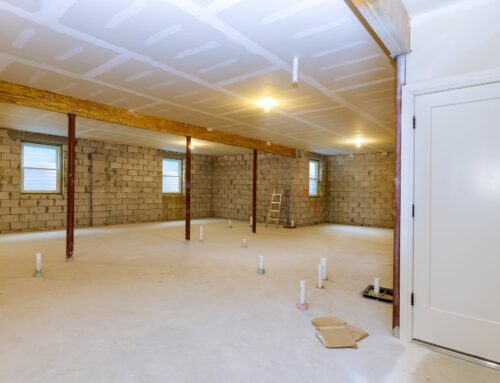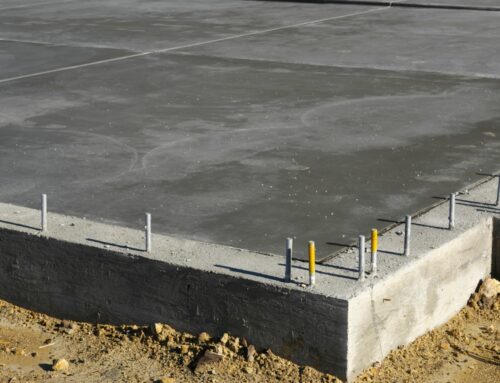When you’re building a home, you often have to decide what material will be used for the exterior walls. Each option has benefits that may be perfect for your home. For example, stucco and plaster are two building materials often found in residential architecture. These two kinds differ from each other in many ways. If you want to know more about the intricacies of stucco versus plaster, then we’ve got just the thing for you. Here’s a brief breakdown of the differences between stucco and plaster.
Composition
In the past, people made stucco out of lime, sand, and water. However, modern stucco is now made of Portland cement (made up of lime and sand), lime, and water. This modern combination results in a harder and more durable mix than the previous recipe.
Plaster is similar to stucco in its composition, with the two only differing because they depend on different kinds of gypsum. Plaster is gypsum-based, while stucco is lime-based. So, plaster is made of gypsum, cement, and sand. But lime plaster was more popular before 1900 since gypsum plaster was more expensive. Mixing a lime-based plaster was more challenging, as you had to wait for the lime to settle before mixing it with sand.
Labor
Because the installation process for both stucco and plaster is labor-intensive, experts are often called in to handle it. In the case of stucco, this means installing a three-layer covering over a metal framework. The first layer of stucco is called the scratch coat; the second layer is called the brown coat; and the final layer, applied on top of the other two, is called the finish coat.
If you want to install synthetic stucco or Exposed Insulation Foam (EIF) then the process will take longer than traditional stucco. These products come with an additional layer of metal mesh that is used to support the material as it dries.
Application
Both building materials are durable and long-lasting. However, they have different applications. If you’re looking for material that you can use either on the interior or exterior of a wall, then we recommend plaster. This is because you can use plaster on different surfaces.
For example, you can apply plaster over walls and ceilings. Also, you can use this material to cover drywall boards in your home’s interior. This material is sturdy enough for both interior and exterior walls.
The way stucco and plaster look may suggest they are similar in texture. But, stucco actually has a rougher texture than plaster. For that reason, stucco should only be applied to exterior surfaces.
Versatility
When it comes to their respective exteriors, plaster and stucco have some pretty major differences. With plaster, you can pour it into molds to create unique patterns, or use it in plain form. With stucco, you can only use it in plain form and apply it to certain surfaces. Still, stucco offers a number of finishes and designs.
Conclusion
We hope this article proves to be useful when it comes to furthering your understanding of stucco and plaster. While they may seem similar at first, the two have unique differences that make them useful depending on the specific situation. Be sure to keep everything you’ve learned here in mind so that you can make the best possible decisions for your space.
If you need help with your concrete and plaster walls, rely on One Stop Plastering. With over sixty years of experience, we offer the best residential and commercial stucco and plastering services in the Bay Area. For more information on what we can do for you, visit our website today!






